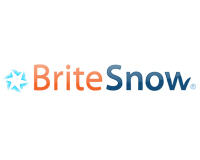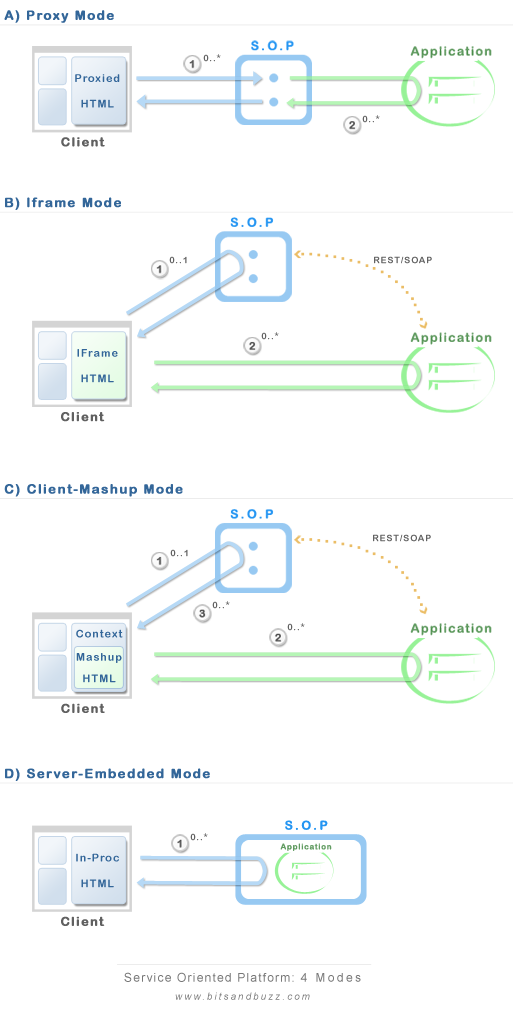TypeScript, how we went from skeptics to converts
September 26th, 2017 by jeremychone | Comments OffThis is the intro of the full blog post TypeScript, from skeptic to convert
We are a small but focused consulting firm that has been developing two to four advanced business cloud and web applications per year for almost a decade, and we have grown to be very mindful about what technologies make it into our recommended tech stack — we are not the kind of consulting company that adopts new technology just because they are hot.
From our experience, it always comes back to these three core principles, Simple scales better, Patterns over frameworks, Runtime first.
At first glance, TypeScript seemed to be the archetype of what we usually avoid, and despite its noble mission statement to add [to JavaScript] without removing [or fixing], we had our original doubts and skepticism, which could be summarized as follows:
- A Microsoft bait and switch strategy?
- Yet another CoffeeScript?
- Angular stuff?
- Can static type be added the JavaScript way?
- Cost v.s. Value?
In its beginning, we could not rule out any of those concerns out for sure, so we decided to give it some time. After a couple of years and many releases, we took a third look this summer, and that was the charm. We turned from being hopeful skeptics to full converts.
Read more on the full blog post TypeScript, from skeptic to convert

 Nowadays, building [rich] Web applications can be quite challenging, as the proliferation of Web technologies has become overwhelming and confusing. The real challenge is that many interesting new Web technologies are being promoted by various groups, and it can be quite difficult for a developer or architect to filter the practical and future-proof ones from the cool and volatile ones.
Nowadays, building [rich] Web applications can be quite challenging, as the proliferation of Web technologies has become overwhelming and confusing. The real challenge is that many interesting new Web technologies are being promoted by various groups, and it can be quite difficult for a developer or architect to filter the practical and future-proof ones from the cool and volatile ones.